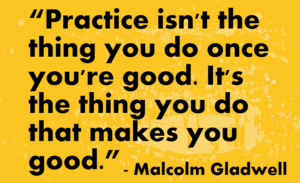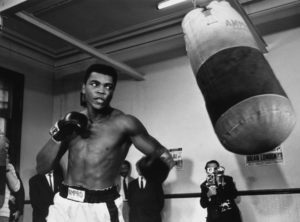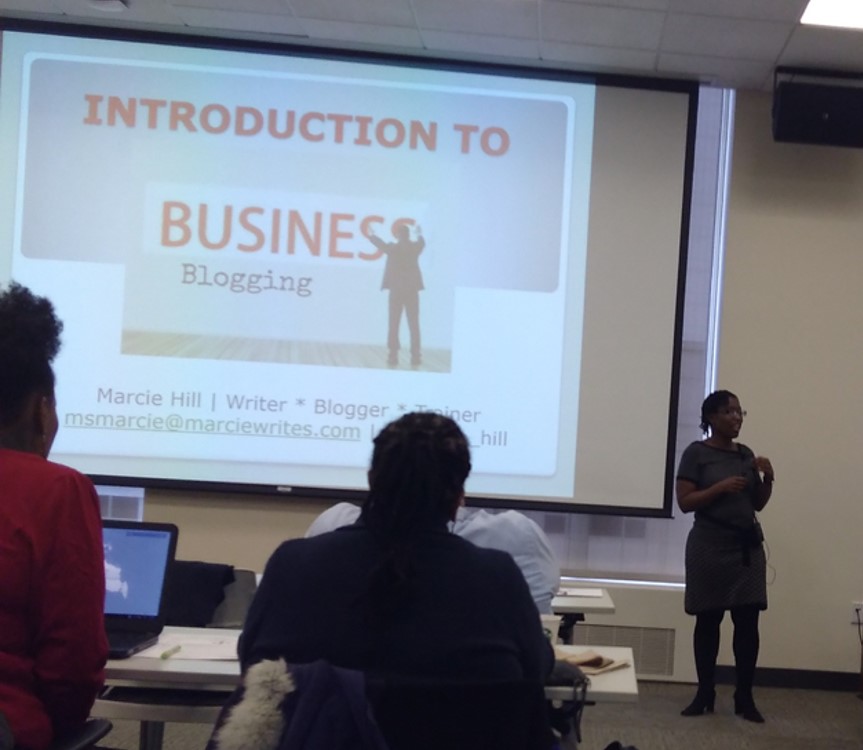Which thought is scarier: public speaking or roller skating? Based on my informal survey using social media sites and conversations with friends and strangers, most of the respondents said the latter. Research shows that public speaking is the number one fear in the world with the fear of failure cited as the main reason behind this phobia.
Although skating does not rank within any of the fears, it is still a scary thought to many people. Why? Because most people are afraid of falling.
Guess what?
Many of the people surveyed have never tried public speaking or roller skating.
As an adult who returned to roller skating after being off of my wheels for at least 15 years and as a Toastmaster who have earned my ACB and CL designations, I can relate to both.
It wasn’t easy to get comfortable on eights wheels, especially when there was no obvious visible support outside of the people whizzing by and the outer walls. Neither was standing in front of a group of strangers, totally exposed, with no idea about what they are thinking about me or my speech.
To become a better skater, I took lessons. To alleviate my fear of speaking and get more comfortable speaking in front of a group of strangers, I joined Toastmasters.
Following are six lessons that I learned as a roller skater that can be applied to my Toastmasters experience. Not only did these lessons build my skills and confidence; they helped develop my character as well.
6 Lessons from a Roller Skating Toastmaster
1. You Need Courage to Get Started
 Just entering a roller skating rink thinking you are a “real” skater is about as effective as a first-timer entering a Toastmasters meeting saying they are a “professional” speaker. To be effective at either, you must get started, which requires a level of courage.
Just entering a roller skating rink thinking you are a “real” skater is about as effective as a first-timer entering a Toastmasters meeting saying they are a “professional” speaker. To be effective at either, you must get started, which requires a level of courage.
You gain courage in roller skating by literally stepping onto the rink floor. As a Toastmaster, you can get your start by presenting the word of the day, the thought of the day or speaking during Table Topics.
As with anything, the key to success is getting started and it all begins with you. Know that you are going to fall and mess up. With practice, however, you will get better.
2. Practice is Necessary
 Have you ever seen roller skaters who look like they float on wheels? How about hearing people speak as if they have been doing it all of their lives? Do you know what these people have in common? Practice.
Have you ever seen roller skaters who look like they float on wheels? How about hearing people speak as if they have been doing it all of their lives? Do you know what these people have in common? Practice.
Roller skaters take to indoor rinks or the sidewalk for practice. Toastmasters, on the other hand, can practice by speaking or holding a leadership role at any of the 14,350 clubs in 122 countries. Also, you can volunteer to speak at your child’s school, at work or at professional and social organizations to which you belong.
3. Master Your Technique

Only with practice can you master your technique. A good skate coach will teach you how to bend, turn and adjust your body to perform moves that make you nearly look flawless on wheels. At this point, you are more concerned about getting your moves right than speed.
Toastmasters International provides a plethora of resources and support to help you master the art of speaking. In addition to the Competent Communications and Advanced Communications manuals, there are guides that teach you how to breathe; how to move your body; and how to be a more effective presenter. Your prepared speeches are evaluated at every meeting, which will help you improve future presentations. And you are assigned a mentor to help you through your Toastmaster journey.
4. Timing
 Timing in roller skating refers to stepping to the beat of the music, which makes you flow and look better.
Timing in roller skating refers to stepping to the beat of the music, which makes you flow and look better.
Timing rules also apply to your Toastmaster experience. First, all speeches come with timing constraints. You should practice your speech prior to your big day to make sure it falls within those limits. Second, you should develop a schedule of giving speeches to ensure you stay on course. Like skating, it is a challenge to get back going once you stop.
5. Create Your Own Style
 In both skating and Toastmasters, some people do things we like so much that we sometimes try to do it just like them. While it is okay to admire and imitate, you will be more effective and better appreciated by doing both your own way. Your skating and speaking styles will develop naturally as your skills improve.
In both skating and Toastmasters, some people do things we like so much that we sometimes try to do it just like them. While it is okay to admire and imitate, you will be more effective and better appreciated by doing both your own way. Your skating and speaking styles will develop naturally as your skills improve.
6. Move Forward with Confidence
 This will not happen in either skating or Toastmasters without the commitment to practice or the courage to move forward. Those skaters who glide flawlessly on wheels and the people who speak 45 minutes to an hour with few “ahs,” “ums,” and other filler words made it a personal goal to be the best at what they do.
This will not happen in either skating or Toastmasters without the commitment to practice or the courage to move forward. Those skaters who glide flawlessly on wheels and the people who speak 45 minutes to an hour with few “ahs,” “ums,” and other filler words made it a personal goal to be the best at what they do.
Support from others also makes it easy to move forward with confidence. Roller skaters have their coaches and skate family while Toastmasters have club members, mentors and over 260,000 members worldwide to help keep us on point.
Above are six lessons I’ve learned as a roller skating Toastmaster. Both require courage to begin; commitment to practice and get better; and confidence to move forward to be successful. Yes, there will be falls and failures; that’s part of the learning experience. However, as you continue to move forward, things will get much easier, and you will flow better. Just remember, your success at anything you do ultimately depends on you.
What About You?
Do you roller skate? Are you a Toastmaster? What are some lessons you’ve learn along your journey?
Images: www.photos-public-domain.com, mmaquotes.blogspot.com, jeanettecates.com, imperfectmatter.com, therearenoroads.com
